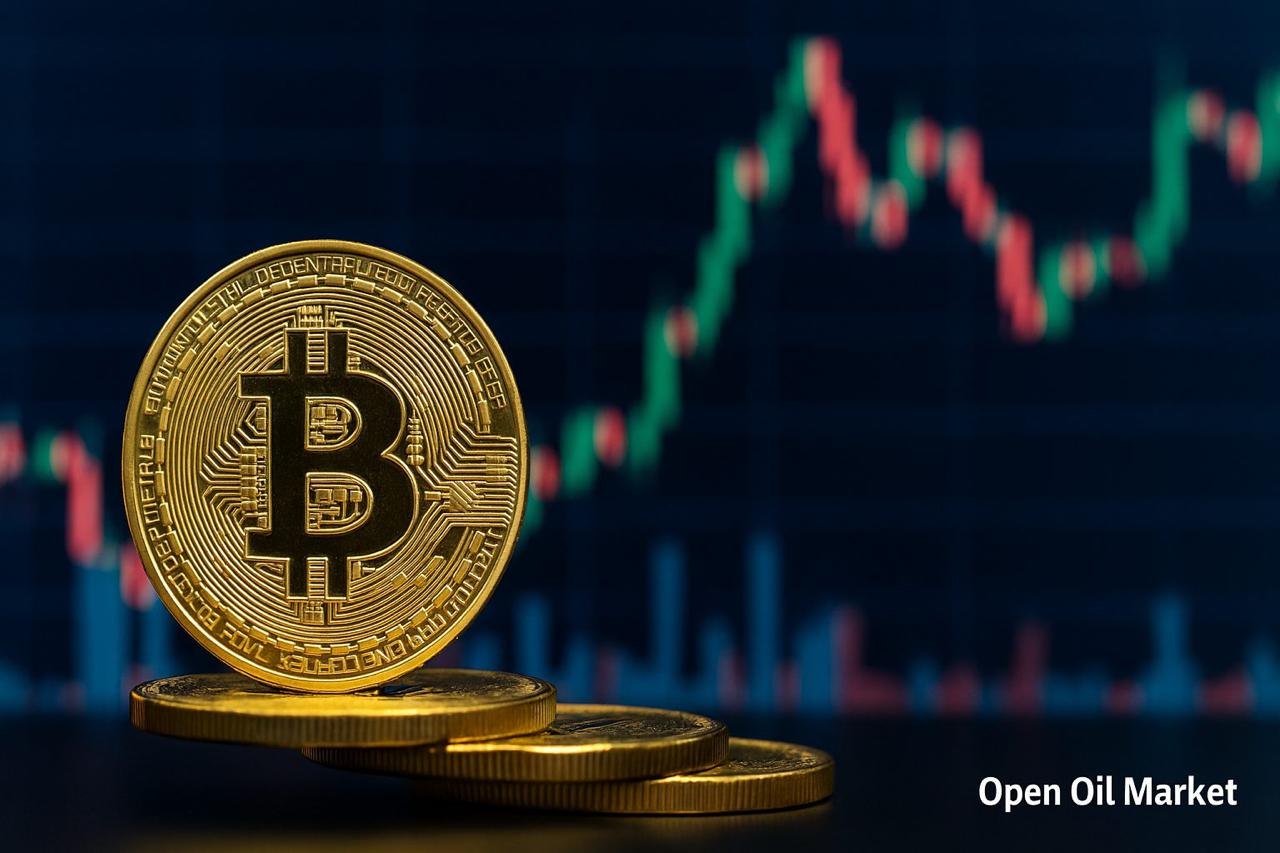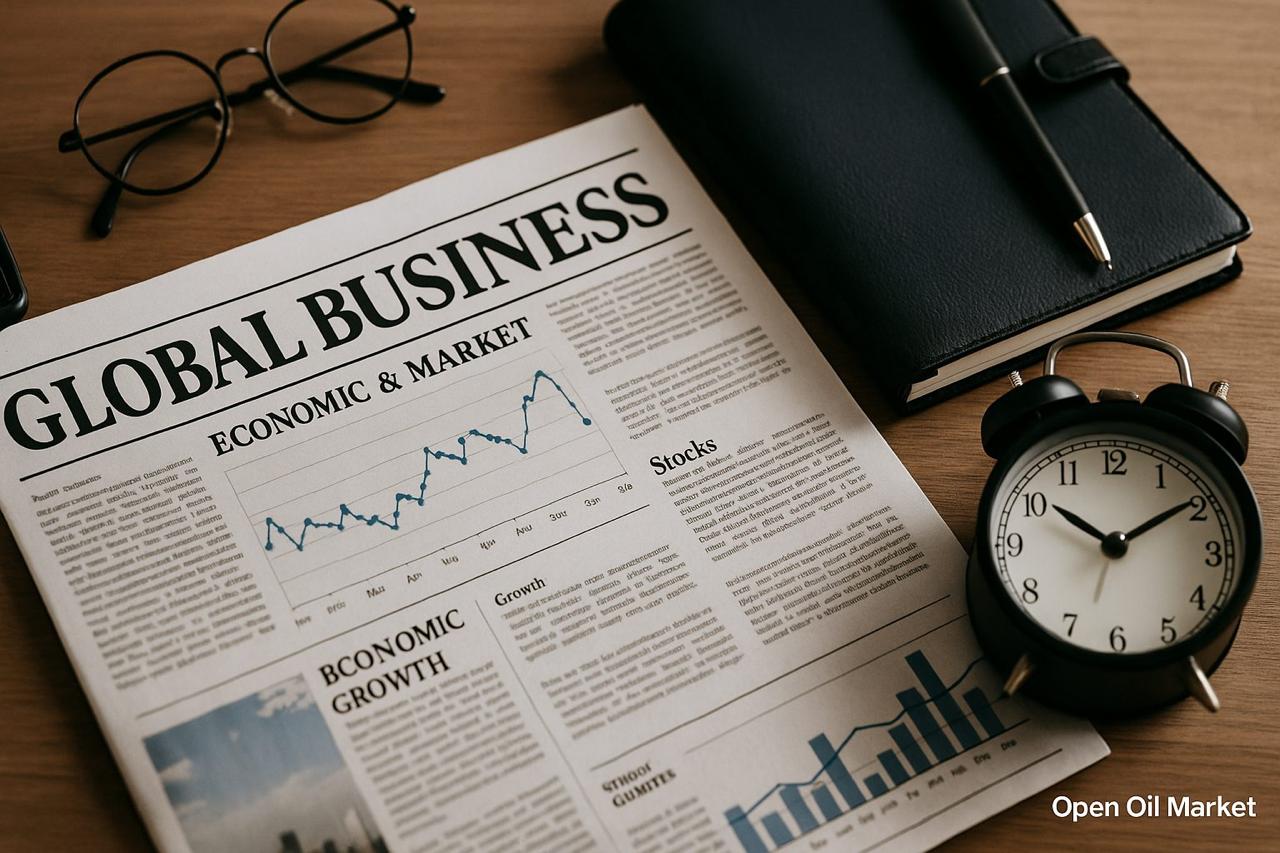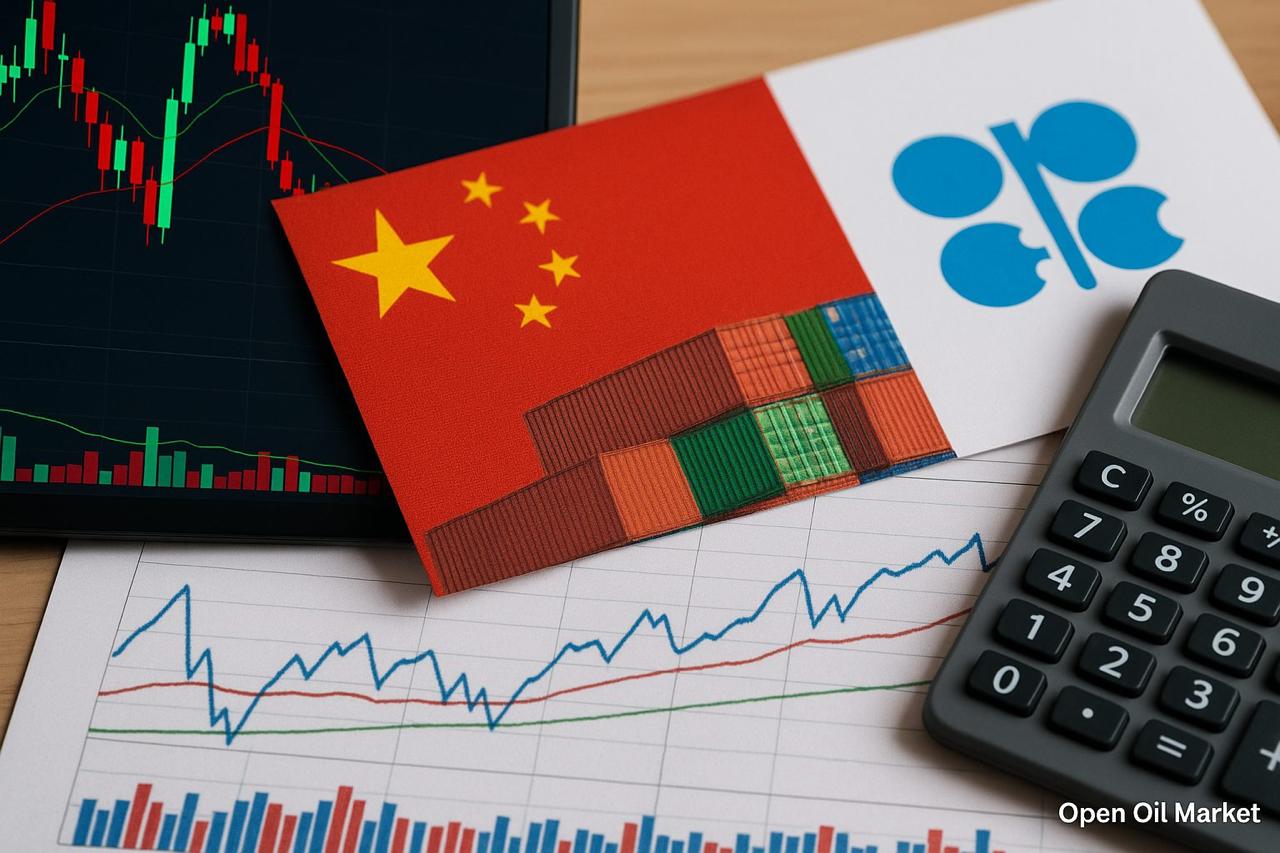
Economic Events and Corporate Reports – Friday, July 25, 2025: EU-China Summit, CBR Rate Decision, Durable Goods Orders (USA)
Summary and Highlights of the Day
Friday, July 25, 2025, concludes a busy week in the financial markets. Investors are focused on both the international agenda (the second day of the EU-China summit is taking place in Beijing) and key economic indicators in Europe and the USA. A series of important macroeconomic data will be released throughout the day – ranging from consumer sentiment in the UK to business climate in Germany to durable goods orders in the US. The central event for the Russian market will be the decision of the Central Bank of Russia regarding the key rate, with market participants expecting further easing of policy in the context of declining inflation. Additionally, a number of notable corporate reports will be published in the USA, Europe, Asia, and Russia, providing insights into the health of various sectors, from consumer demand to natural resources.
Macroeconomic Events for July 25
- All day – second day of the EU-China summit in Beijing. Leaders of the European Union and China continue negotiations on trade and economic cooperation, investments, and climate initiatives. The summit marks the 50th anniversary of diplomatic relations between the EU and China, taking place against the backdrop of recent trade disagreements. Investors are watching for final statements: any signals of enhanced cooperation or, conversely, escalating trade tensions could influence global sentiment, particularly concerning companies dependent on the Chinese market.
- 02:01 MSK – GfK Consumer Confidence Index in the UK (July). The nighttime sentiment indicator from British households shows expectations for a slight improvement following June's index rise to -18 points. Easing inflation and signs of economic stabilization may have bolstered consumer confidence. A higher figure would be a positive signal, indicating increased spending propensity, while stagnating sentiment would confirm ongoing household caution. Results may impact the pound's rate and Bank of England policy expectations.
- 07:30 MSK – Tokyo Consumer Price Index (Core CPI, July). An early indicator of Japan's inflation: prices are expected to maintain a year-over-year growth of about 3%, exceeding the Bank of Japan's target level. This figure serves as a barometer for monetary policy: persistently high inflation in the capital intensifies expectations that the regulator may adjust its ultra-loose stance. Any hints of policy tightening may strengthen the yen and recalibrate risks in global markets.
- 09:00 MSK – Retail Sales in the UK (June). A key indicator of the British economy: expectations point to a decline in sales volume compared to May, as consumer spending continues to shrink under high inflation and rising rates. In May, the figure unexpectedly grew by +0.3% month-on-month, but a repeat of such growth is unlikely. Weak data would confirm that British consumers are still cutting back, cooling expectations for rapid economic growth and potentially weakening the pound. Conversely, resilient sales may alleviate recession fears and support the market.
- 11:00 MSK – Ifo Business Climate Index in Germany (July). The largest survey of the business environment in Germany: a slight drop in the index from around 88.5 to 88 points is expected, reflecting companies' cautiousness amid weak demand and external risks. The Ifo indicator is an important barometer of economic sentiment: a decline would heighten concerns of stagnation in Europe's largest economy, especially if current situation assessments and expectations worsen. Conversely, an unexpected increase in the index could provide a positive surprise for markets, potentially bolstering the euro and European company stocks.
- 13:30 MSK – Central Bank of Russia's decision on the key interest rate. The day's main intrigue for the Russian market. Following an unexpected 100 bps cut in June (to 20% per annum), most analysts anticipate another reduction of approximately 1 pp, to 19.00%. Inflation is slowing (to around 7–8% YoY), the ruble remains relatively strong, and weak domestic demand creates conditions for easing monetary policy. If the Central Bank of Russia meets expectations and lowers the rate, it could stimulate the growth of bond prices and stocks on the Moscow Exchange. However, an unexpected pause or cautious rhetoric in the statement could disappoint markets, leading to a strengthening of the ruble and corrections in rate-sensitive sectors.
- 15:00 MSK – Press conference of the head of the Central Bank of Russia. Elvira Nabiullina will provide comments on the decision and the updated regulator forecast. Investors will closely monitor her rhetoric regarding the future trajectory of the rate. If her speech contains "dovish" signals about readiness to continue reductions in light of easing inflation, it will bolster positive market sentiment. However, a focus on inflation risks or cautious assessments ("hawkish" tone) may lead to a more muted reaction: market participants might take profits in anticipation of clarifications regarding future policy.
- 15:30 MSK – Durable goods orders in the USA (June). A key industrial indicator for the American economy. A notable increase in total order volume (~+1.0% MoM) is expected, driven by large contracts for aircraft (the aerospace sector traditionally triggers spikes in the indicator). However, the core index excluding transportation is expected to be weaker – around 0% or negative, indicating business caution in investments. Order data reflects the level of industrial activity at the end of Q2: strong figures (especially on core orders) would support industrial sector stocks and confidence in the resilience of the US economy, while declining orders would signal a slowdown in business activity.
Corporate Earnings on July 25
This Friday's corporate calendar features significantly fewer high-profile publications than in previous days of the week. Nevertheless, reports from several companies in the USA, Europe, Asia, and Russia will attract investors' attention, providing insights into the state of affairs in various sectors of the economy.
USA
- Colgate-Palmolive – a global leader in personal care and household products (brands Colgate, Palmolive, etc.). Investors will assess how the company manages to maintain sales of toothpaste, detergents, and other everyday goods amid inflation and changing consumer behavior. The Colgate-Palmolive report will serve as an indicator of the consumer sector's resilience: sustained revenue growth will confirm steady demand for essential goods, while declining figures might suggest households are forced to economize.
- Newell Brands – an American consumer goods manufacturer known for brands like Rubbermaid (storage containers), Parker (ballpoint pens), and Sharpie (marking pens). The company is experiencing a reorganization phase following several years of declining sales. Investors will look for signs of stabilization or recovery in demand for Newell's products. Q2 financial results will reveal if efficiency and margins could be improved through assortments optimization and cost-cutting. Strong sales may signal revival in consumer activity in the durable goods segment, while a weak report might intensify concerns over consumer frugality.
- HCA Healthcare – the largest private hospital and medical center network in the USA. The HCA report reflects the state of the American healthcare sector: the volume of medical services provided, hospital occupancy rates, and trends in staffing costs. In the previous quarter, the company saw revenue growth due to an increase in scheduled procedures and higher service tariffs. Investors will be watching to see if this positive trend continues: strong results from HCA will bolster confidence in sustained demand for medical services, while signs of a slowdown may raise concerns about the impact of increased costs on sector profitability.
- Aon plc – a global insurance and risk management firm, one of the largest brokerage firms in the world. Quarterly results from Aon will show trends in demand for corporate insurance and consulting services amid volatile markets. Rising interest rates may have boosted investment income from insurance reserves, but they also present challenges for Aon's clients in terms of more expensive financing. If the company reports revenue and profit growth, it would indicate resilience in the insurance business and clients' willingness to invest in risk management. Conversely, declines in performance might hint that companies are cutting spending on insurance services amid economic uncertainty.
- Charter Communications – the second-largest cable operator and internet provider in the USA (brand Spectrum). Charter's reporting will reflect trends in the telecommunications sector: is the traditional viewer exodus ("cord-cutting") persisting, and is the growth of broadband subscribers sufficient to compensate? The company is actively investing in network expansion and new services, competing with streaming platforms and wireless operators. Strong financial results from Charter, especially significant growth in internet connections, will reassure investors regarding the resilience of traditional communication providers. If the figures disappoint, fears may intensify that the cable business is losing ground under the pressure of digital alternatives.
- Southern Copper – one of the world's leading copper producers (the company's assets are concentrated in Latin America). Southern Copper's financial results are important for understanding the dynamics of the raw materials market, as copper is considered a barometer of global industrial activity. In Q2 2025, copper prices fluctuated due to uncertainties surrounding the Chinese economy (the largest consumer of metals) and expectations from "green" energy. The company's report will reveal whether it has managed to maintain high productivity and profitability. Improved performance from Southern Copper signals sustained demand for industrial metals, while decreased profitability may reflect falling prices or rising costs (such as energy and labor).
Europe
- Volkswagen AG – Europe's largest car manufacturer (brands Volkswagen, Audi, Porsche, Škoda, etc.). The semiannual report from VW will assess the state of the automotive industry: demand for cars, especially electric vehicles, sales dynamics in key markets (including China), and profitability amid high costs. In the first half of 2025, the group faced uneven demand: an increase in interest for electric vehicles in Europe but a slowdown in sales in China due to heightened local competition. If Volkswagen reports solid revenue and profit growth, it will confirm the recovery of the auto sector and the success of its electrification strategy. Weak results or cautious forecasts may heighten fears of market saturation and margin pressures.
- Eni S.p.A. – an Italian oil and gas giant releasing results for Q2 amid volatile energy prices. Investors will analyze Eni's oil and gas production volumes, as well as profitability metrics in exploration, production, and refining. In Q2 2025, Brent oil prices were stable within the range of $70–80 per barrel (lower than the previous year's level), so a decrease in profitability relative to the peaks of 2024 is expected. Nevertheless, effective cost management and stable production volumes could support financial results. A strong report from Eni (especially regarding operational cash flow) will confirm the resilience of the oil and gas business even at lower prices, while weak numbers will indicate the impact of macro factors and prompt the company to forecast more cautiously.
- NatWest Group – one of the largest commercial banks in the UK (formerly known as RBS). The Q2 report will demonstrate how high interest rates and the state of the UK economy are impacting NatWest's profitability. The Bank of England's rate increase to its highest level in recent years has brought banks growth in net interest margin, so an uptick in interest income is anticipated. A crucial point is the quality of the loan portfolio: investors will assess if provisions for possible defaults have increased amid a slowing economy. Strong financial results (profit growth, stable capital ratios) will support confidence in the UK banking sector, while signs of rising problem loans or pressure on margins could heighten caution regarding the sector's prospects.
Asia
- ICICI Bank – one of India's largest private banks. ICICI's results reflect the state of the rapidly growing Indian economy and banking sector. A double-digit profit growth is expected against the backdrop of increasing loan volumes and steady demand for financial services. Investors will watch asset quality and overdue debt levels to assess risks. A strong quarter for ICICI Bank will confirm that India's financial sector remains on an upward trajectory, while an unexpected rise in defaults could undermine market confidence.
- Shinhan Financial Group – a leading financial group in South Korea. Its reports will help gauge trends in the South Korean economy, where export-oriented industries combine with domestic consumption. The Bank of Korea's rate hikes have supported banks' interest income, but a slowing economy may force borrowers to act cautiously. Investors will evaluate Shinhan's profit growth and reserve levels: confident results will indicate the stability of the Korean banking system, while weaker figures will reflect the economic slowdown's impact on the financial sector.
- Fanuc Corp. – a Japanese manufacturer of industrial robots and machinery. Fanuc's results reflect the state of the global automation and machinery market. Demand for robotics depends on businesses' investments in modernization – automotive manufacturers and electronics are actively automating production. In Q2 2025, demand may have been restrained by a slowdown in electronics, even though automakers continued to upgrade their production lines for manufacturing electric vehicles. If Fanuc reports growth in orders and profits, it signals investment activity from industrial companies and confidence in future projects. A decline in revenue would hint at business caution in spending on equipment amid uncertainty.
Russia
- Severstal – one of the largest steel producers in Russia. The company is expected to report financial results for Q2 (IFRS), which will provide insights into the state of the metallurgy sector: steel production levels, prices for rolled metal, and export volumes. In the first half of 2025, global steel prices remained relatively stable, while domestic demand in Russia was moderate. If Severstal reports solid profits and margins, it will confirm the industry's adaptation to sanctions and redirection of exports to new markets (Asia, Middle East). Decreasing financial indicators may signal cost pressures or insufficient demand – a crucial factor for assessing the outlook of the raw materials sector.
- RusHydro – Russia's largest hydropower company, operator of dozens of hydropower plants. By the week's end, operational results from RusHydro for Q2 are expected, detailing electricity generation and capacity utilization. Spring and early summer 2025 were marked by unusual weather: floods in the Far East and Siberia might have increased hydropower generation, while drought in the European part reduced production. Investors will evaluate how these factors impacted the overall generation volume and company revenue. Stable or growing metrics will indicate resilience in the energy sector and effective water resource management, while decreased output will raise questions about the impact of climate conditions on business.
Investor Recommendations
- Closely monitor the outcomes of the day's key events: the Central Bank of Russia's decision and regulator comments will set direction for the ruble and local assets, while statistics from the USA (durable goods orders) and Europe (IFO, sales) will clarify the trajectories of the largest economies.
- Analyze corporate reports in the context of sectors: strong results from consumer companies (e.g., Colgate-Palmolive or Newell) signal stable demand, while reports from industrial giants (Volkswagen, Southern Copper, Severstal) reflect the state of the global industrial cycle and raw material prices.
- Consider geopolitical context: statements from the EU-China summit may affect investor sentiment, particularly in sectors relying on international trade and the Chinese market. Progress in dialogue will support risk appetite, while escalation of disagreements will add uncertainty.
- Maintain diversification and caution. Mixed signals from the day's offerings (macro statistics, regulator decisions, corporate surprises) may amplify volatility. Allocating investments across various sectors and regions will help reduce risk: a negative factor in one area (be it a weak corporate report or economic indicator) will not excessively impact the entire portfolio.





